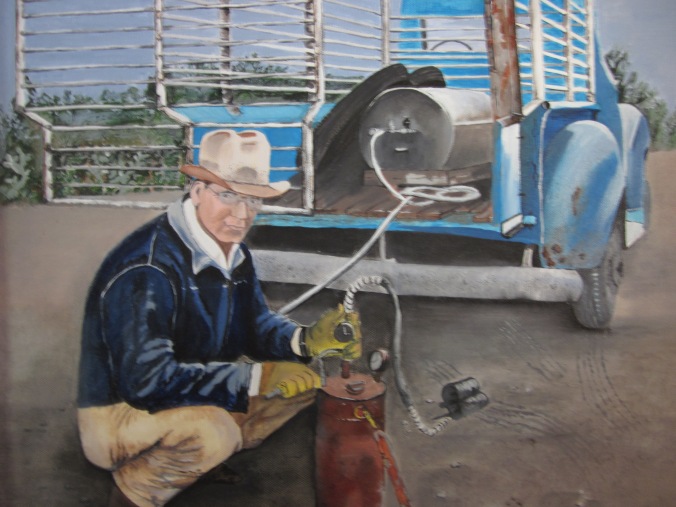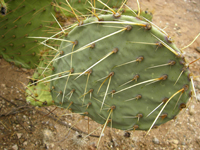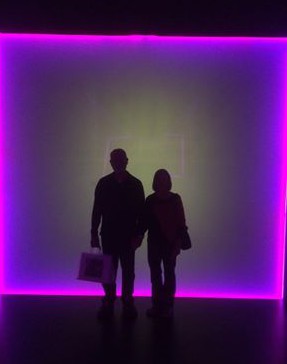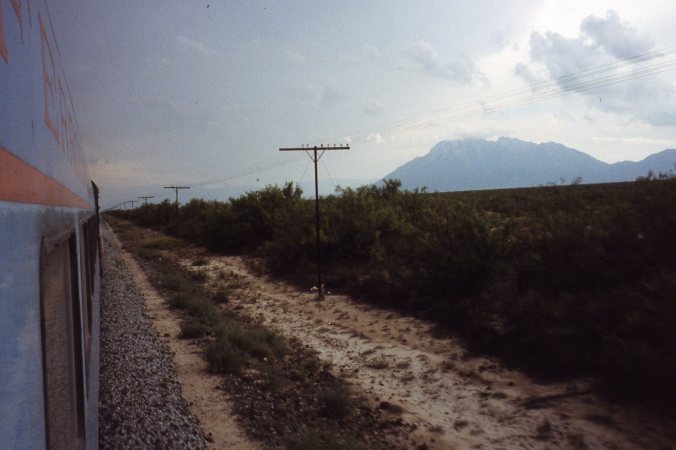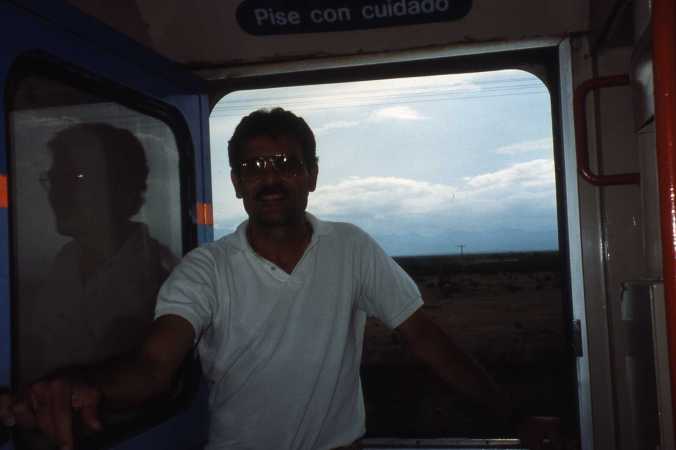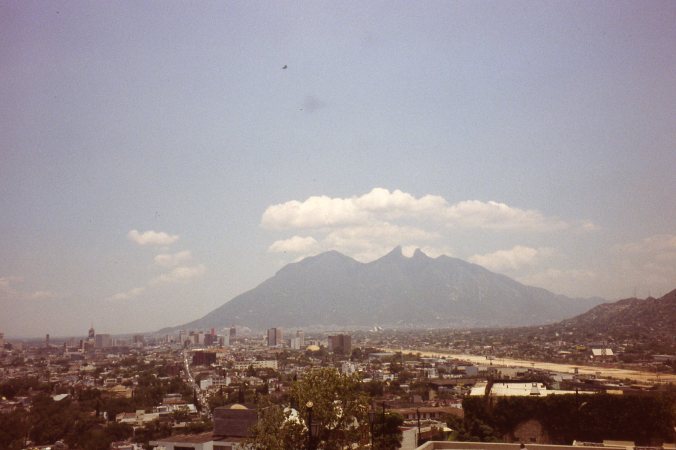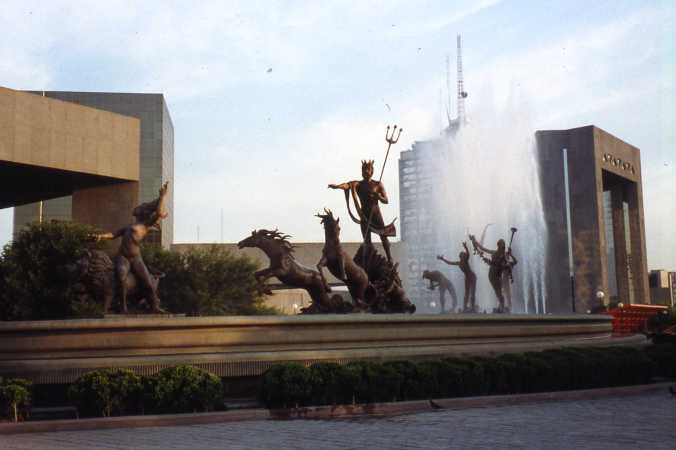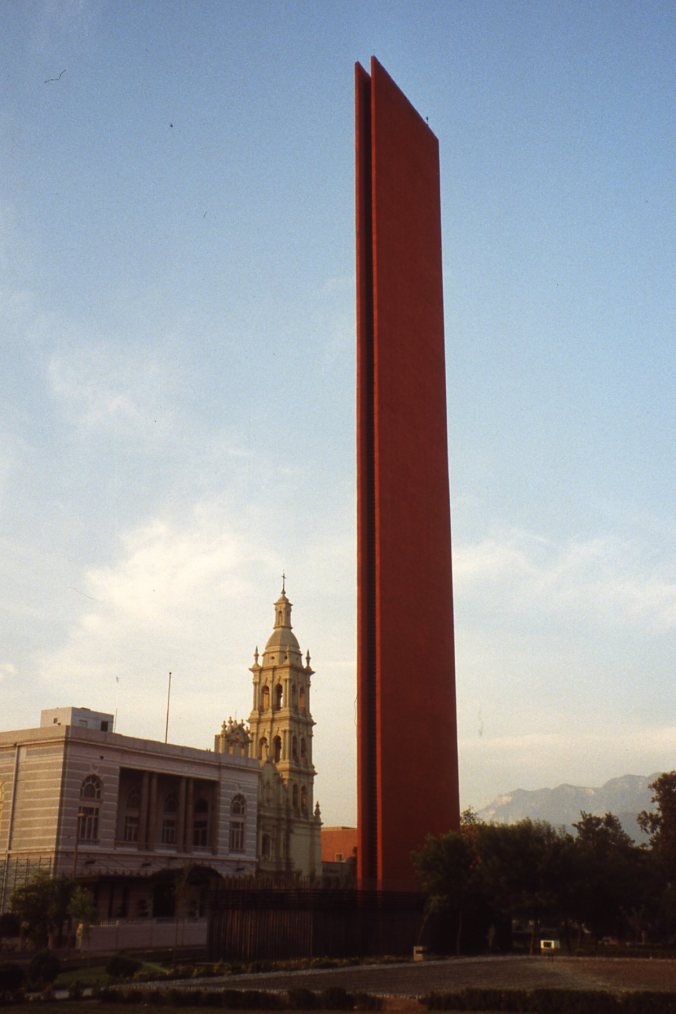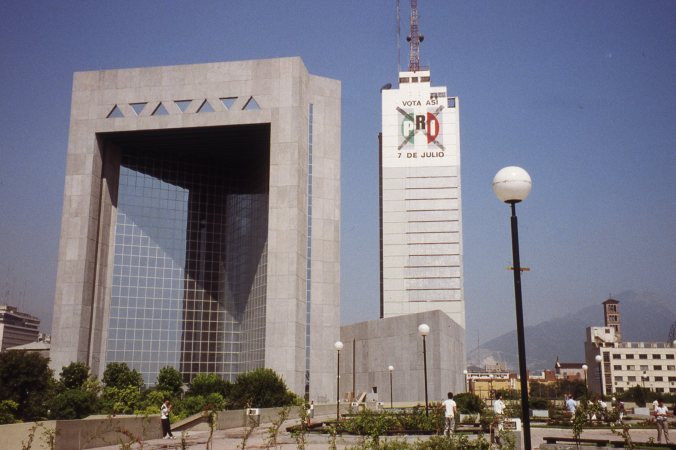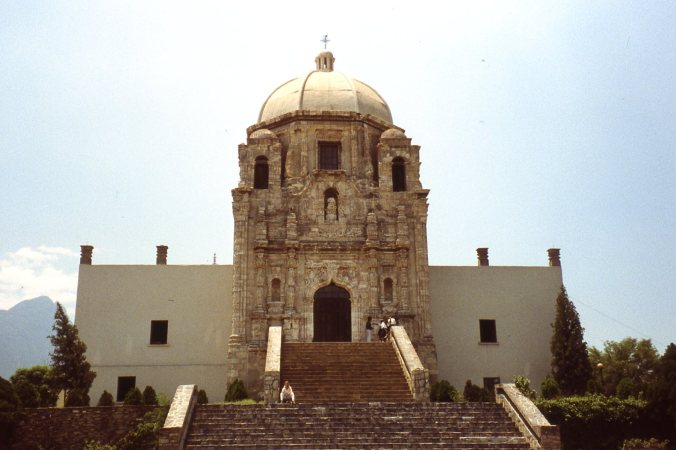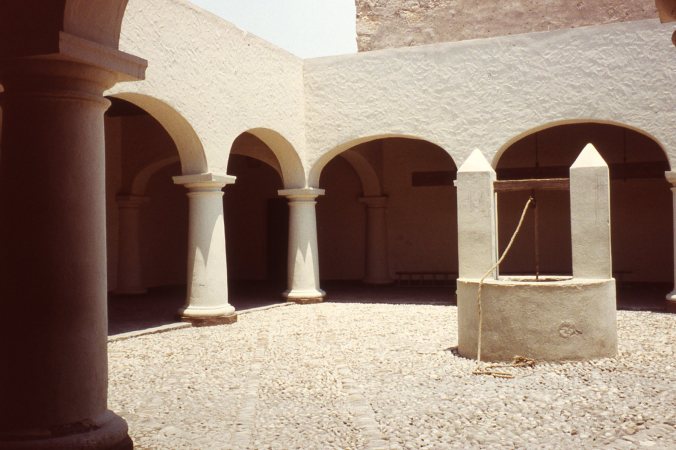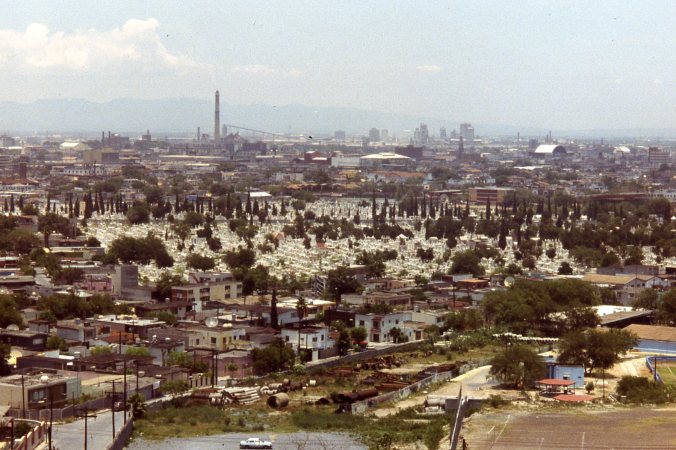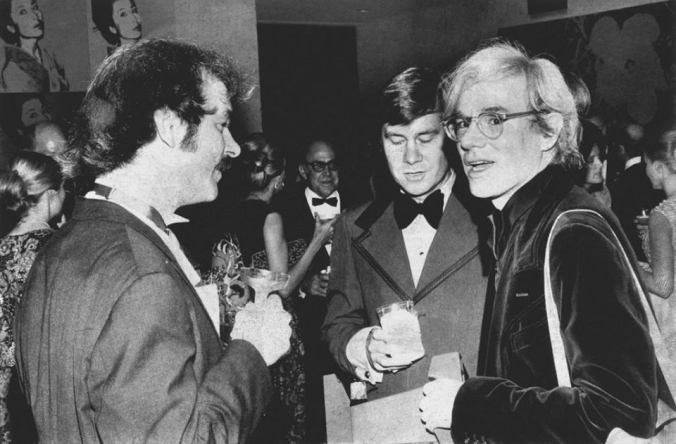
Andy Warhol is back on the bay – at least his art is back.
Warhol and his art are were here 43 years ago at the opening of the Art Museum of South Texas. I moved to Corpus Christi that year (1972) but did not see the exhibit.
The building was designed by modern architect Philip Johnson and was built at the entrance to the Port of Corpus Christi. At the time it was a stark contrast from the modest neighborhoods that were nearby.
The museum’s website describes it perfectly. “Constructed entirely out of white shellcrete and plaster, it seems to radiate with the strong South Texas heat and light. This was the purpose, as stated by Philip Johnson: ‘Light is the essence, and light coming in from all sides is especially bathing and soothing.’ The floor-to-ceiling windows offer a spectacular view of Corpus Christi Bay as well as the Harbor Bridge.”
The Art Museum of South Texas in 1972
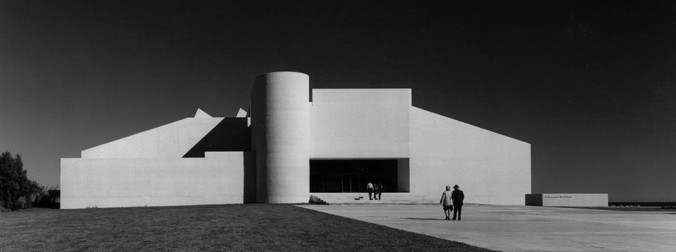
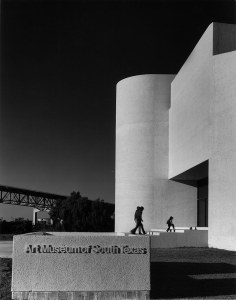
Today we have Corpus Christi Museum of Science and History, Harbor Playhouse, Museum of Asian Culture, Whataburger Field, American Bank Center , Solomon P. Ortiz International Center, and Hurricane Alley all nestled and thriving in the shadow the Harbor Bridge.
The museum as it is today.
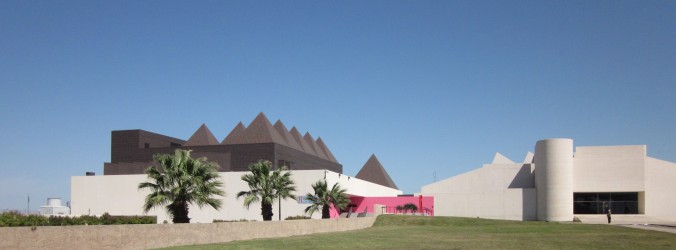
The original on the right is the one Philip Johnson designed. In 2006 the space was doubled with an addition designed by Mexican architects Ricardo Legorreta and his son Victor Legorreta and features 13 distinctive pyramids. Ricardo Legorreta died in 2011 at age 80.
A current exhibit is “Warhol: Myths and Legends, from the Cochran Collection” and will be on display until July 19. The museum brochure describes it this way. “Wesley and Missy Cochran of LaGrange, Georgia, share their collection of 36 of Warhol’s signature silkscreens. The silkscreens were created starting in 1974 to just months before Warhol’s death in 1987 and include complete sets of his Cowboys and Indians and Myths series as well as celebrity images.”
The poured white concrete and shell aggregate walls of the museum were the perfect background for these iconic pops of color images of John F. Kennedy, John Wayne, Mickey Mouse, Santa Clause, Sitting Bull, Warhol himself and others. My favorites were those sprinkled partially with diamond dust.
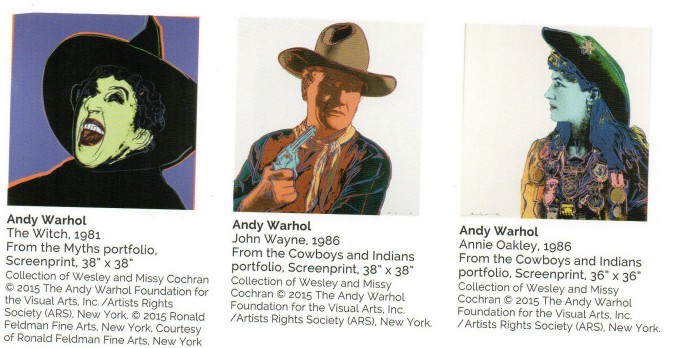
In a small alcove off the main exhibit were black and white photos of the construction and opening of the museum that also featured works of Jasper Johns and Frank Stella. Installed was a video interview of Warhol with a camera around his neck; he often kept a camera with him. He would have undoubtedly embraced cell phones and the other devices we have today to capture each other as we all have our “fifteen minutes of fame.”
Reflected selfie of Crone, Husband and Son outside the museum.
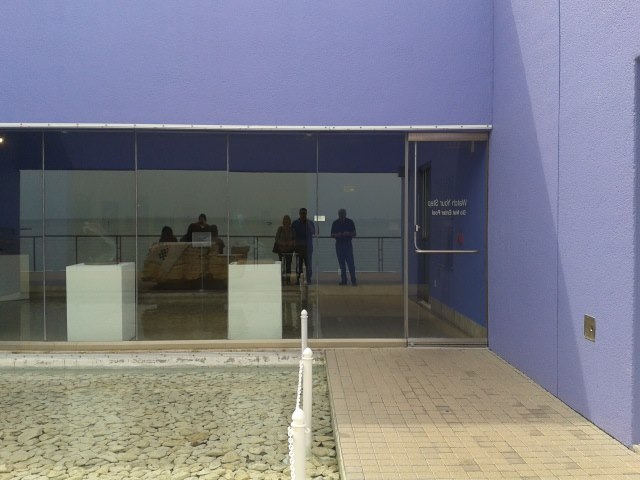


 Portland, Texas is not funky, cool or artsy like Port Aransas or even Rockport; it used to be a quiet bedroom community to Corpus Christi where many of us commuted ten miles to work there. Community life revolved around schools, sports and churches. The few small restaurants could not sell alcoholic drinks, and if you wanted to buy liquor, you had to make a run to Jessie’s Liquor in Gregory, a tiny town five miles away. There was no public art.
Portland, Texas is not funky, cool or artsy like Port Aransas or even Rockport; it used to be a quiet bedroom community to Corpus Christi where many of us commuted ten miles to work there. Community life revolved around schools, sports and churches. The few small restaurants could not sell alcoholic drinks, and if you wanted to buy liquor, you had to make a run to Jessie’s Liquor in Gregory, a tiny town five miles away. There was no public art.












